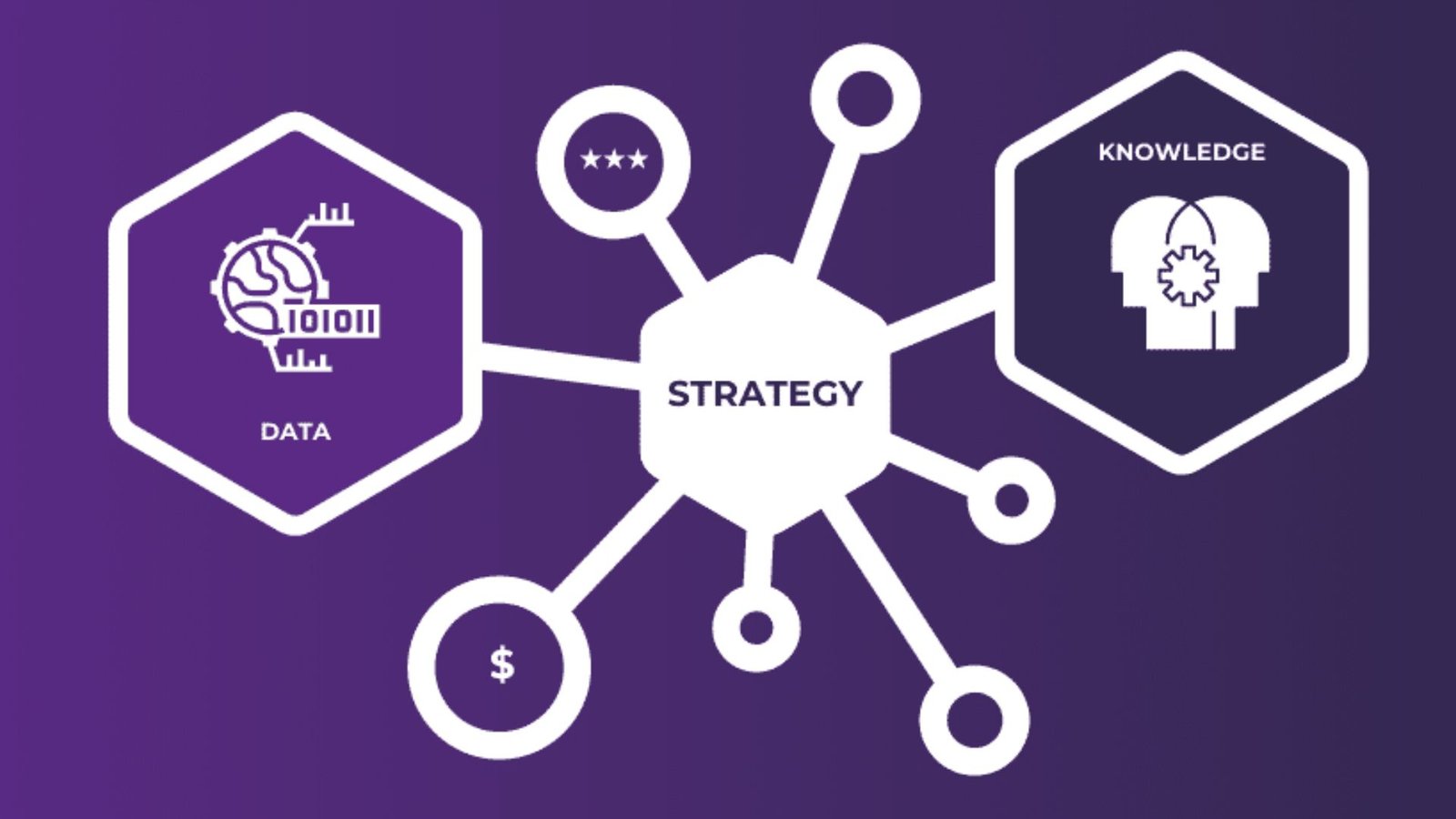Knowledge sharing is a vital practice that strengthens collaboration, innovation, and overall organizational success. However, several barriers can hinder the free flow of information, affecting efficiency and productivity. In this post, we will explore practical strategies for overcoming barriers to knowledge exchange in the workplace.

Understanding Barriers to Knowledge Sharing
Information exchange involves exchanging valuable information across teams, departments, and organizations. Barriers often arise due to a lack of communication, cultural differences, or technological challenges. Understanding these barriers is the first step toward creating a more open and collaborative work environment.
Common Barriers to Knowledge Sharing
- Lack of Trust: Employees may hesitate to share knowledge due to a fear of losing their competitive edge or not receiving credit for their contributions.
- Siloed Structures: Departments often work in isolation, making it difficult for information to flow freely across the organization.
- Cultural Differences: Different work cultures can affect how knowledge is shared, especially in global organizations with diverse teams.
- Technological Limitations: Outdated or inefficient technology can prevent employees from easily accessing or sharing knowledge.
- Time Constraints: Employees may feel they lack the time to document and share knowledge amid other responsibilities.
Building a Culture of Trust
To overcome the barrier of distrust, organizations must foster a culture that values openness and collaboration. Leaders should emphasize that knowledge exchange benefits the entire organization and recognize individuals who contribute valuable information. Establishing trust can encourage employees to feel more comfortable sharing their insights without fear of negative consequences.
Breaking Down Silos
Siloed structures often create communication gaps within organizations. To break down these barriers, companies should encourage cross-departmental collaboration. Implementing regular interdepartmental meetings or creating cross-functional teams can facilitate better communication and knowledge exchange. Additionally, aligning organizational goals across departments helps create a unified approach, reducing the silo mentality.
Leveraging Technology
Modern technology can play a crucial role in overcoming barriers to knowledge exchange. Knowledge management systems (KMS) and collaboration platforms allow employees to easily access, store, and share information. By adopting user-friendly tools like cloud-based document sharing, messaging apps, and internal social networks, organizations can enable seamless knowledge transfer.
Providing Training and Support
Offering training programs focused on knowledge management and sharing is another effective strategy. Employees should be trained on how to use knowledge-sharing platforms and understand the value of contributing to a collective pool of information. Additionally, providing ongoing support ensures that employees feel equipped and confident in sharing knowledge effectively.
Encouraging Time for Knowledge Sharing
One of the most common barriers to knowledge exchange is the perception that employees don’t have enough time. To address this, organizations can allocate specific times for information exchange activities. Implementing “lunch and learn” sessions, or integrating knowledge sharing into existing meetings, allows employees to exchange information without feeling overburdened by additional tasks.
Addressing Cultural Differences
In global organizations, cultural differences can impact the way knowledge is shared. Some cultures may prefer more formal communication methods, while others are more informal. To overcome this, it’s important to create an inclusive knowledge-exchange strategy that respects diverse work styles. Offering training on cross-cultural communication can help bridge gaps and encourage a more open exchange of knowledge.
Leadership’s Role in Knowledge Sharing
Leadership plays a crucial role in overcoming barriers to knowledge sharing. By leading through example, managers and executives can model the behaviours they want to see. Encouraging open communication, actively participating in knowledge-sharing initiatives, and recognizing contributions are key ways that leaders can help create a culture of transparency and collaboration.
Conclusion
Overcoming barriers to information exchange requires a strategic approach that addresses trust issues, siloed structures, cultural differences, and technological challenges. By building a culture that values openness, leveraging modern tools, and encouraging cross-departmental collaboration, organizations can create a more efficient and innovative workplace.











